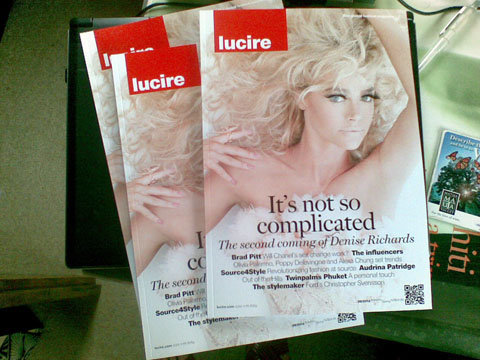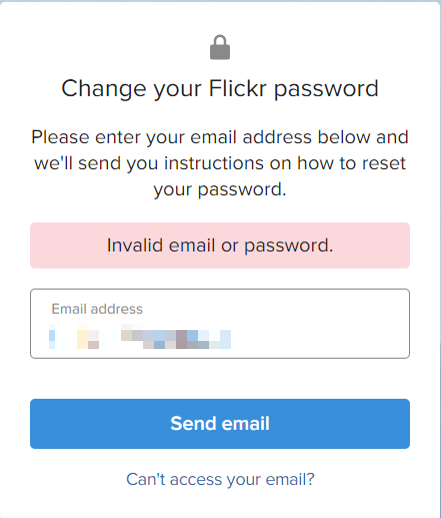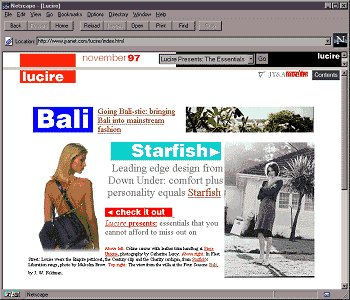 Even though more young women are spending time on Facebook at the exclusion of other sites, last night I decided to stop connecting the Lucire RSS feed in to its Facebook fan page.
Even though more young women are spending time on Facebook at the exclusion of other sites, last night I decided to stop connecting the Lucire RSS feed in to its Facebook fan page.
We began the fan page very late, having relied on using a Facebook group. And even then, these were promoted half-heartedly.
Despite the small numbers on the fan page, the links on Facebook were getting several hundred views each. Non-members were popping by to have a gander as well as those following us.
That meant we were doing our supporters out of potential hits. And guess who gains? Facebook advertisers.
Of course, this is only sensible business practice as far as Facebook is concerned. But we decided that we would rather put up links manually and invite readers to come over to our site instead.
This is not just about making sure our advertisers got a bit more exposure from a few hundred folks.
For Facebook page members, it means getting the news early. Facebook sometimes took up to two days to import a news item from our feed.
It also allows viewers to see a post as intended—Facebook’s imported items stripped out the videos.
In fact, many years ago, we pasted everything in manually and it didn’t do any harm to the growth of Lucire‘s presence on Facebook.
I don’t know how this will work. Will we get a few more hits as a result, or will Facebook users prefer not to exit the environment of Mr Zuckerberg’s site?
I believe users will click through, because the Lucire brand can be trusted. They wouldn’t be our fans if they didn’t have some trust in us.
Feedback is, of course, welcome.
Of course we can see the lack of logic behind putting up posts inside Facebook. It’s a tactic we’ve recommended to clients, because they did not have a strong web presence and Facebook provides the best way in which they can engage with their audiences. But for a publication’s website, it can be a lousy idea.
New features can hit you one by one, and you go along with their introduction, sometimes out of enthusiasm. Really, we should have kept our brains switched on, and remember the adage I often repeat: technology is here to serve us, not the other way round. Putting our feed into Facebook was an example of serving the technology: the feature was available and we opted to use it, without any strategic purpose.






